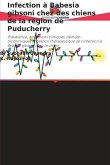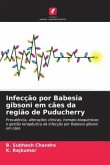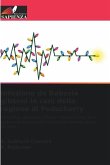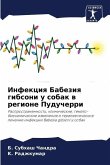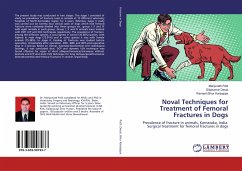Babesia species were identified as intra-erythrocytic micro-organisms in Rumania by Dr. Victor Babes in 19th century in cattle as the cause of bovine haemoglobinuria or red water fever. He later found similar organisms in the red blood cells of sheep. These agents were subsequently named Babesia bovis and Babesia ovis, respectively in honor of Dr. Victor Babes. The first record of canine Babesia infection in Europe was made in Italy in 1895 not long after the detection of the bovine disease. Canine babesiosis is caused by haemoprotozoa of the genus Babesia. Babesia species are tick-borne parasites of erythrocytes which are apicomplexa protozoa belonging to the sub-order Piroplasmidea and the family Babesiidae, that infect a variety of domestic and wild animals and humans with worldwide distribution and global significance. The present work was designed to study the prevalence, clinical and haemato-biochemical changes in the dogs and to assess the efficacy of combination therapy in the treatment of babesiosis caused by Babesia gibsoni in dogs of Puducherry region.
Bitte wählen Sie Ihr Anliegen aus.
Rechnungen
Retourenschein anfordern
Bestellstatus
Storno



